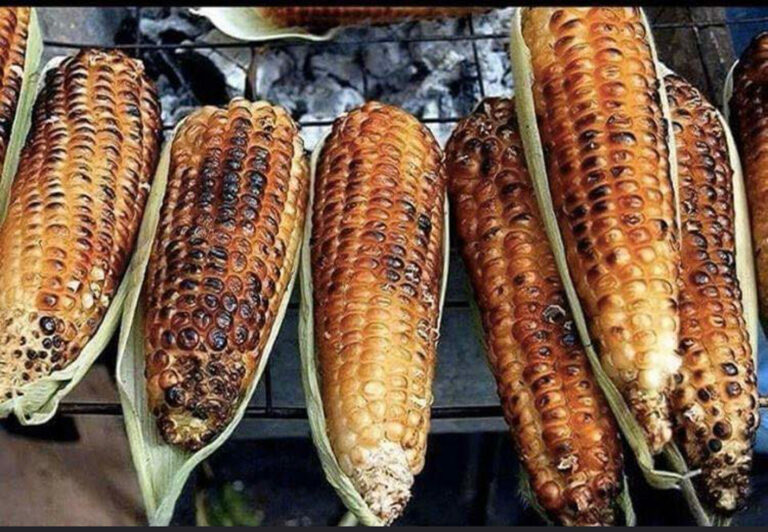Introduction: The Rich Culinary Culture of Guinea
Guinea is a West African country with a rich and diverse culinary culture. The country’s cuisine is influenced by the various ethnic groups that inhabit the land, and the long history of trade and exchange with neighboring countries. Guinean cuisine is characterized by the use of bold and aromatic spices, starchy staples like rice and cassava, and a variety of meats and vegetables. From savory stews to grilled delicacies, Guinean cuisine offers a unique and tantalizing experience for food lovers.
The Role of Seasonal Ingredients in Guinean Cooking
Seasonal ingredients play an important role in Guinean cooking. Fresh produce is highly valued, and the use of locally sourced and seasonal ingredients is a common practice in Guinean households. The availability of ingredients in different seasons also influences the types of dishes that are prepared. For example, during the rainy season, when fruits and vegetables are abundant, Guineans tend to incorporate more fresh produce into their cooking. In contrast, during the dry season, when food is scarce, people rely more on preserved and dried ingredients.
Guinea’s Climate and Its Influence on Cooking
Guinea’s tropical climate has a significant impact on its cuisine. The country experiences two distinct seasons: a rainy season from May to October and a dry season from November to April. During the rainy season, the country’s green landscapes produce an abundance of fresh fruits and vegetables, such as mangoes, bananas, and sweet potatoes. This abundance of produce is reflected in the cuisine, with many dishes featuring an array of fresh vegetables, fruits, and herbs. In contrast, during the dry season, fresh produce is scarce, and people often rely on grains, legumes, and preserved foods to sustain themselves.
Seasonal Produce Used in Guinean Cuisine
Guinean cuisine features a wide variety of seasonal produce. During the rainy season, fresh fruits like mangoes, papayas, pineapples, and avocados are prevalent and incorporated into many dishes. Vegetables like sweet potatoes, tomatoes, eggplants, and okra also flourish during this season and feature heavily in stews and soups. During the dry season, grains like millet and rice, as well as dried fish and meat, become more common in Guinean cuisine.
Traditional Guinean Dishes and Their Seasonal Ingredients
Traditional Guinean dishes are often tied to specific seasons and the availability of ingredients. For example, during the rainy season, Guineans prepare a dish called Riz gras, which is a flavorful rice-based dish made with meat, vegetables, and spices. During the dry season, people often prepare Fouti, a stew made with dried fish, rice, and spices. Another popular dish is Mafé, which is a peanut butter-based stew made with meat and vegetables. The ingredients in Mafé vary depending on the season, but it often includes root vegetables like sweet potatoes and yams.
Conclusion: Exploring the Diversity of Guinean Cuisine
Guinean cuisine is a reflection of the country’s rich cultural diversity and the influence of its climate and seasons. The use of seasonal ingredients in Guinean cooking not only ensures the freshness and quality of the dishes but also connects the cuisine to the land and the people who cultivate it. Exploring the diverse range of traditional Guinean dishes and their seasonal ingredients is a delightful way to experience the unique flavors and tastes of this West African country.

